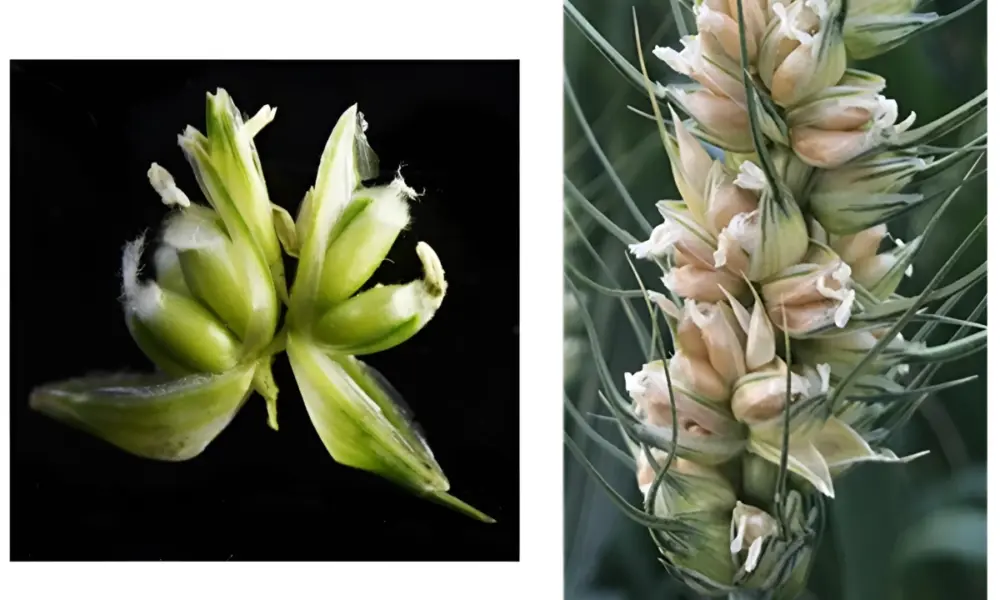Researchers at the University of Maryland have made a significant genetic discovery that could potentially triple grain yields from wheat plants. This breakthrough centers around a mutant wheat variant known as MOV (multi-ovary), which can produce multiple grains per floret, unlike conventional wheat that typically yields just one. The implications of this discovery could transform agricultural practices, allowing for greater productivity while using the same amount of land, water, and fertilizer.
The research team, led by Assoc. Prof. Vijay Tiwari, thoroughly mapped the DNA of MOV wheat and compared it to that of standard bread wheat. They identified a previously dormant gene, WUSCHEL-D1 (WUS-D1), which becomes active in the MOV variant. This gene enhances the development of additional female flower parts, such as pistils and ovaries, enabling each floret to potentially produce up to three grains.
Unlocking Potential for Higher Yields
The discovery of the WUS-D1 gene opens a pathway for breeders to incorporate this trait into cultivated wheat varieties. According to Tiwari, “Pinpointing the genetic basis of this trait offers a path for breeders to incorporate it into new wheat varieties, potentially increasing the number of grains per spike and overall yield.”
The researchers are optimistic about using a gene editing toolkit to activate WUS-D1 in regular wheat plants, thereby significantly enhancing grain production. This advancement could lead to more sustainable agricultural methods that address global food security challenges.
The findings were published on October 1, 2023, in the Proceedings of the National Academy of Sciences, making a compelling case for future research in genetic modifications aimed at improving crop yields.
As the world grapples with the pressures of a growing population and climate change, innovations in agricultural genetics like this one are crucial. By potentially tripling wheat yields, this research may play a pivotal role in ensuring food supply stability in the coming decades.







